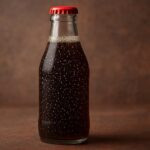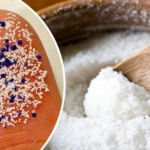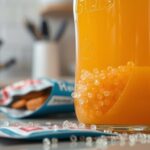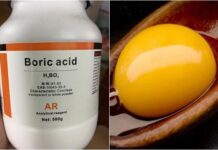In the kitchen, pots and pans are more than just cooking tools—they play a pivotal role in shaping the flavor of your dishes, the convenience of preparation, and most importantly, your health. A wrong choice can ruin a meal or even pose long-term risks.
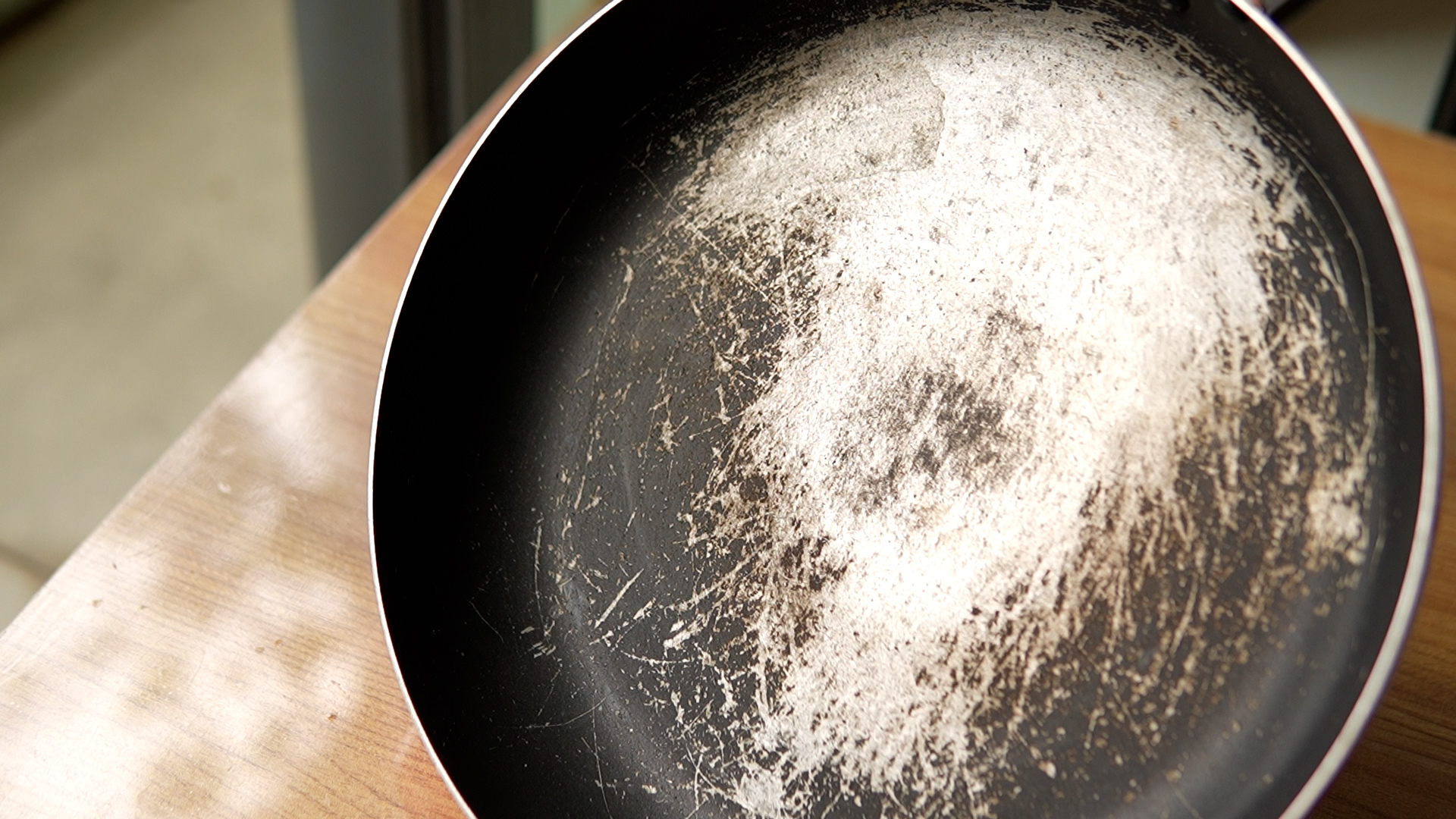
Why should you avoid using scratched non-stick cookware?
PHOTO: VÕ HIẾU
Recently, concerns have arisen about the safety of various cookware materials, including non-stick, aluminum, and copper, due to their potential to leach metals or chemicals into food.
From a health perspective, no material is entirely “risk-free.” According to Healthline, a trusted source for medical and health information:
– Aluminum is lightweight, affordable, and conducts heat well, but untreated aluminum can leach into food. Anodized aluminum cookware, however, is safer.
– Stainless steel is popular for its durability and ease of cleaning but contains chromium and nickel, which can trigger allergies in sensitive individuals.
– Ceramic non-stick cookware is often considered healthier than PTFE (a synthetic polymer known for its non-stick properties), but not all ceramic coatings are high-quality, and some may contain heavy metals.
– Cast iron is durable, enhances flavor, and even adds iron to food, but it requires meticulous cleaning and isn’t suitable for those with excess iron levels.
– Copper conducts heat efficiently but should only be used with a stainless steel lining to prevent unsafe levels of copper from leaching into food.
– Non-stick pans are convenient and require less oil, but their PTFE coating can release toxic fumes at high temperatures and belongs to the PFAS group, which raises environmental and health concerns.
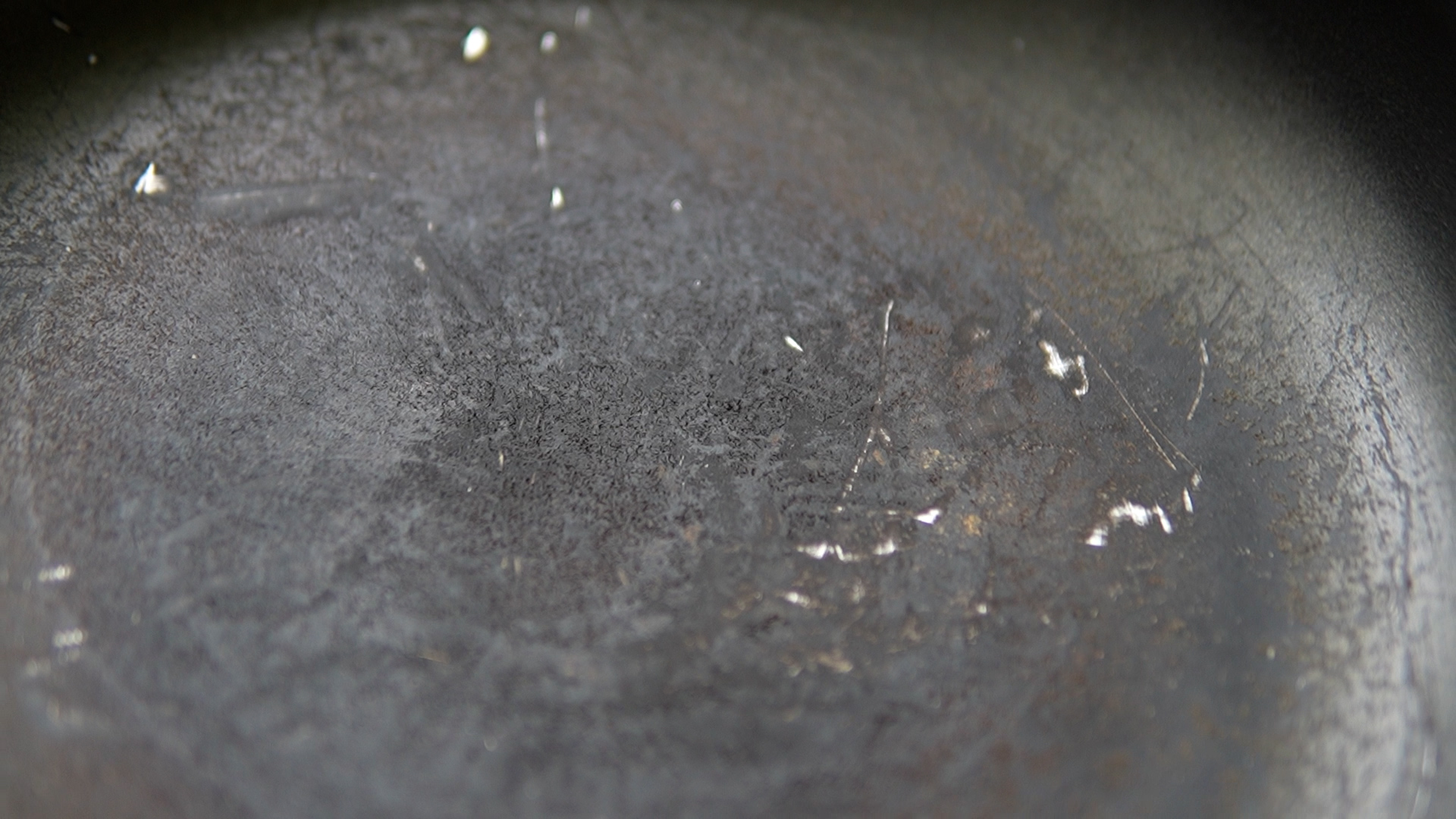
A study in The Total Environment journal reveals that a single scratch on non-stick cookware can release up to 9,100 microplastic particles during cooking.
PHOTO: VÕ HIẾU
The same study highlights that damaged non-stick coatings, even with scratches as small as a few millimeters, can release up to 2.3 million microplastic and nanoplastic particles, potentially contaminating food. Consumers should handle non-stick cookware gently to avoid scratches and consider replacing it once damage occurs.
Clearly, no cookware is flawless. The key is to understand your cooking habits and balance durability, safety, and convenience. With informed choices, every meal will not only taste great but also provide peace of mind, transforming your kitchen into a source of wholesome, healthy dining.
The Tuber with the Highest Microplastic Content: Unknowingly Consumed by Many Vietnamese Daily
Recent studies have revealed a shocking truth: carrots, the humble root vegetable, are laden with microplastics. These tiny plastic particles, invisible to the naked eye, have infiltrated our food system and could potentially impact our health. This eye-opening discovery sheds light on the pervasive nature of plastic pollution and raises concerns about the unseen dangers lurking in our everyday lives.

























